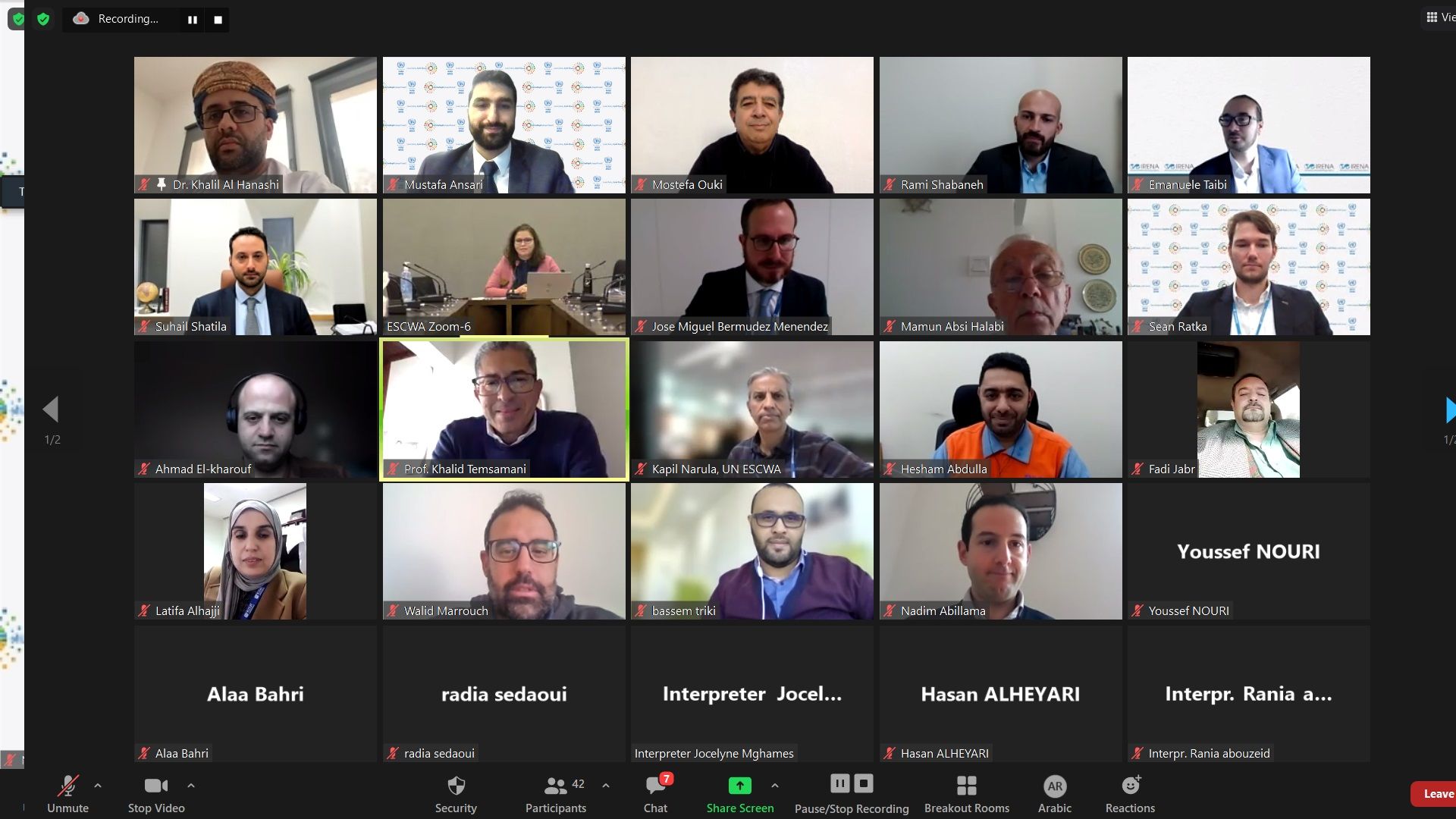The development of low-carbon hydrogen, which includes blue hydrogen and green hydrogen, is important in efforts undertaken by Arab countries to address the environmental and economic vulnerability the region is exposed to. It can reduce reliance on fossil fuels, both as a source of revenue from exports and in energy consumption.
ESCWA is partnering with the International Energy Agency to organize a webinar on “Potential blue and green hydrogen developments in the Arab countries.” The webinar sheds light on existing and planned hydrogen developments in the Arab region and discusses the major challenges and opportunities for the region’s energy transition within the context of the 2030 Agenda for Sustainable Development, climate action and net-zero emission targets by 2050.
Speakers from international organizations and important stakeholders are invited to discuss the interlinkages between hydrogen and the sustainable development goals and propose recommendations as part of ESCWA activities to address climate change and enable energy transition.
